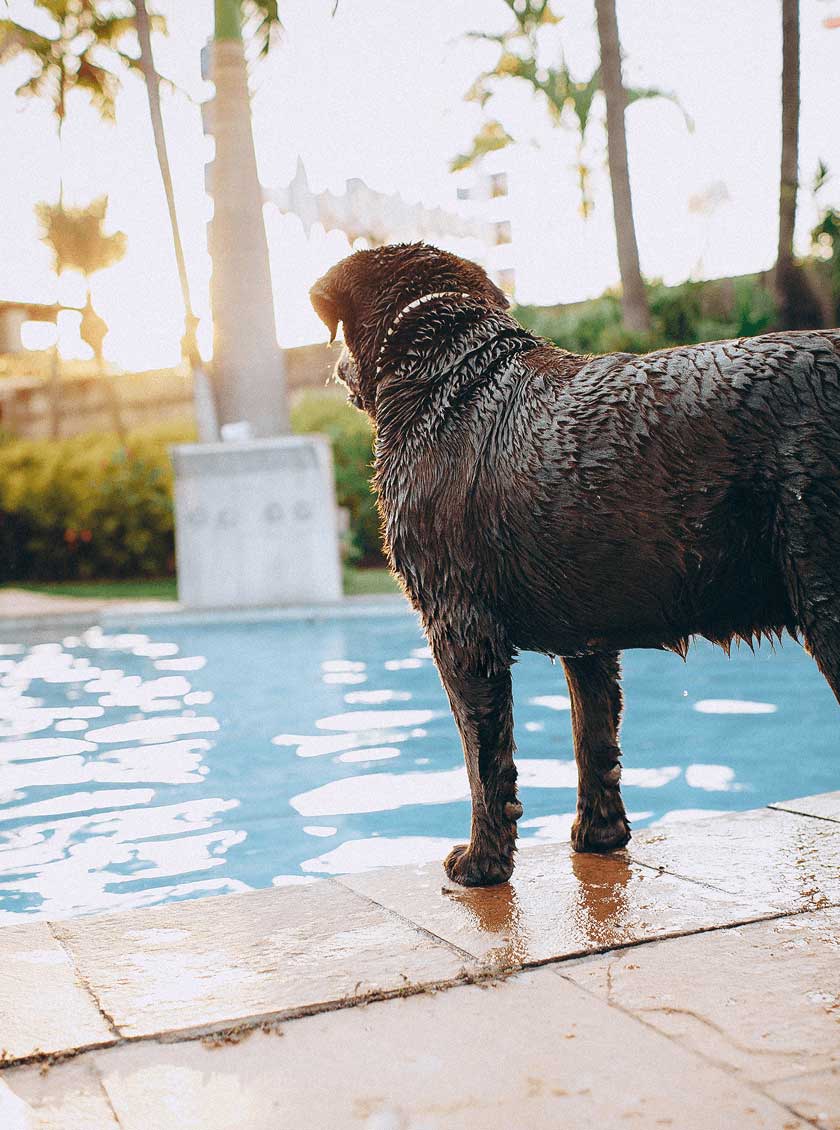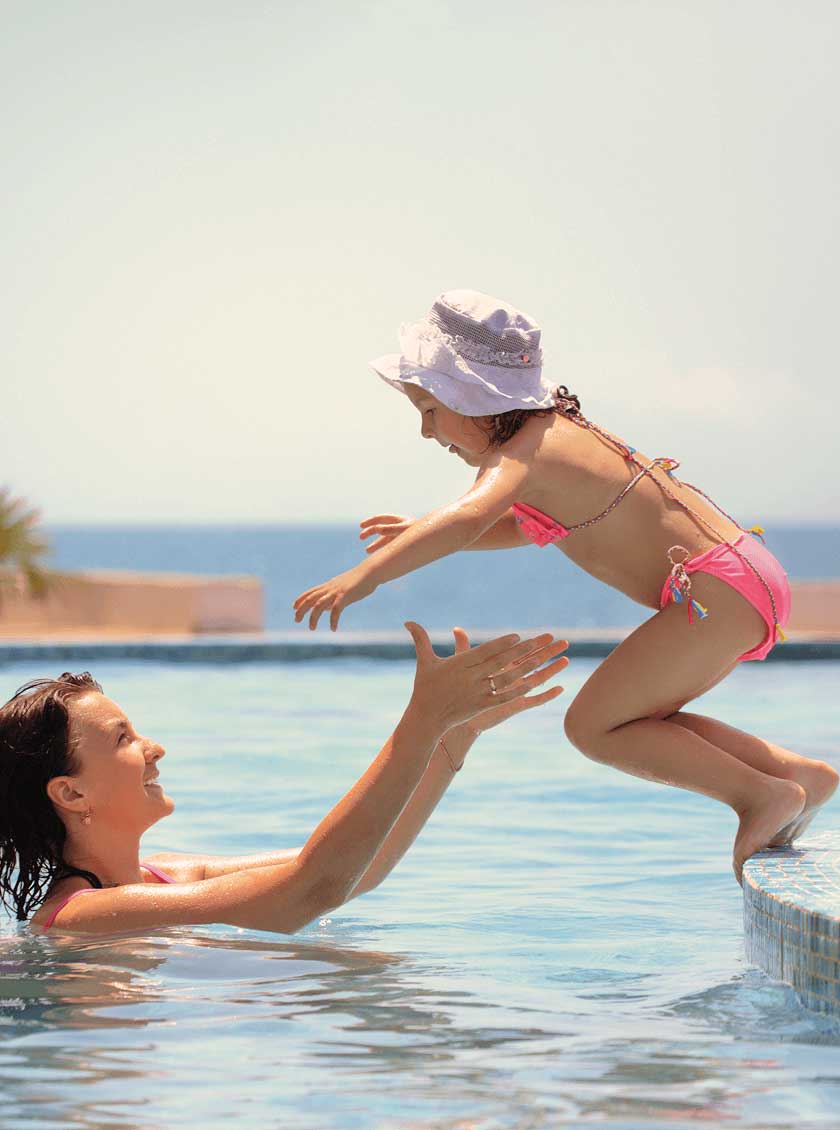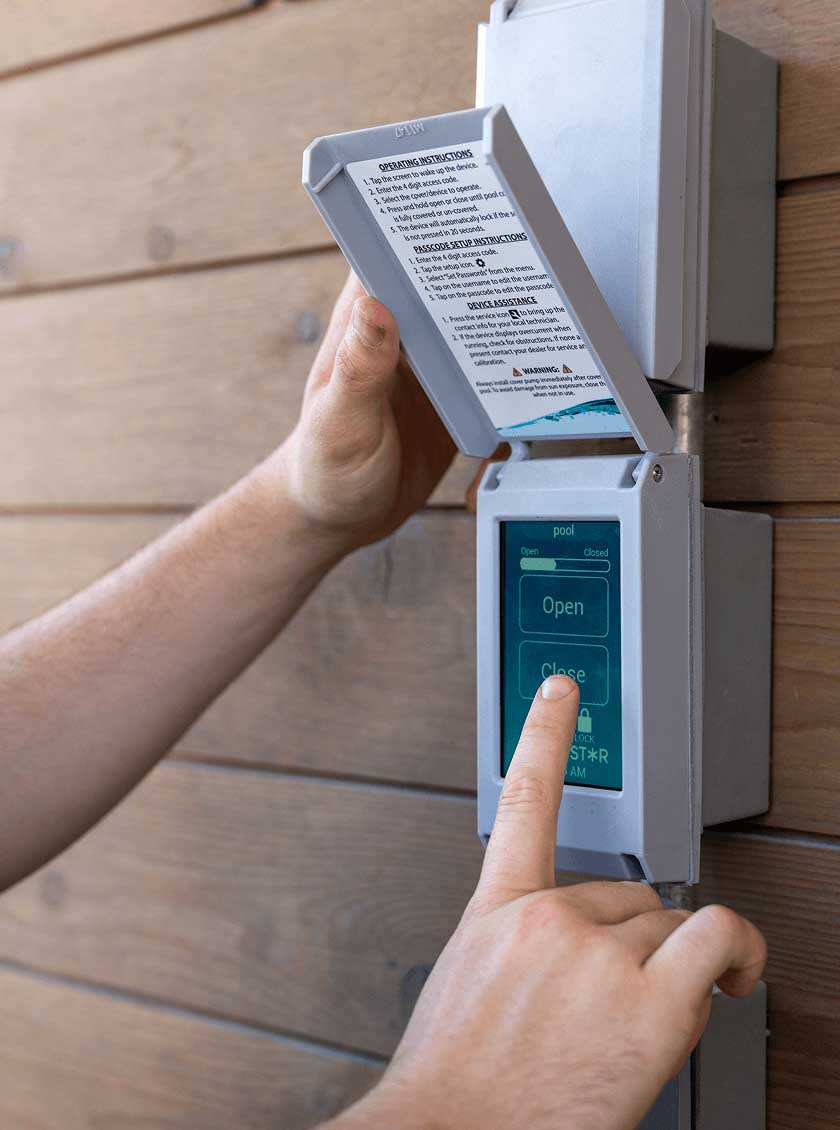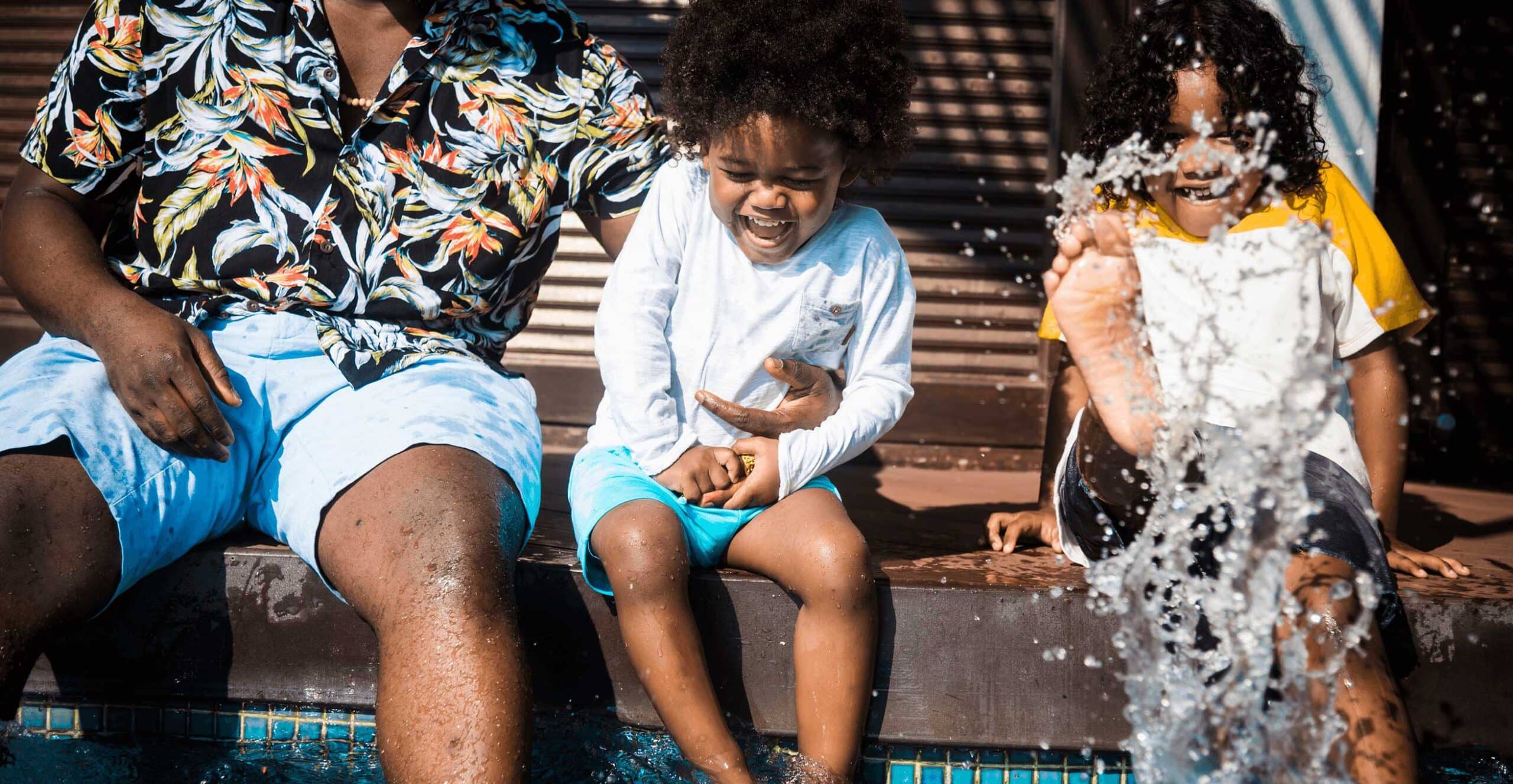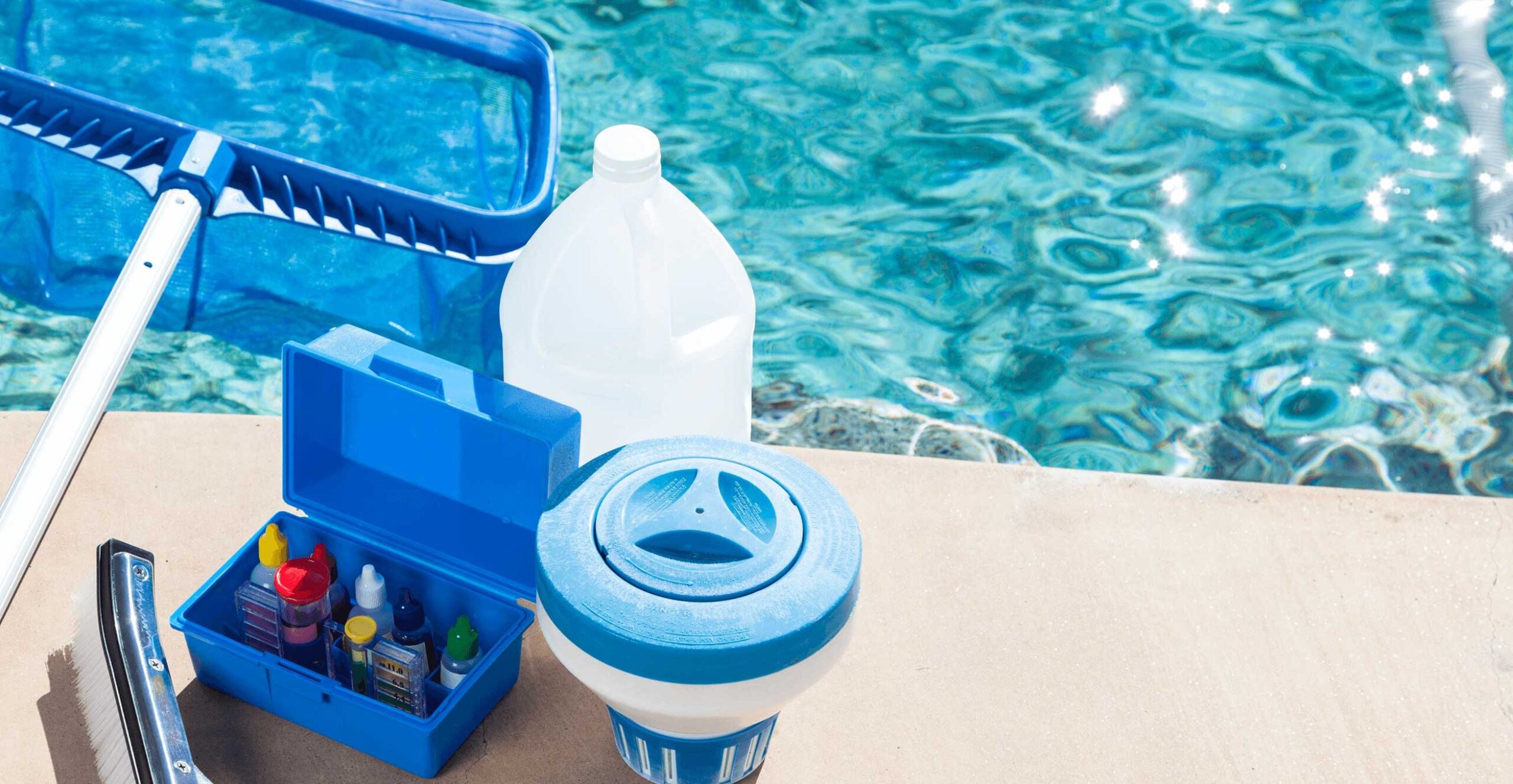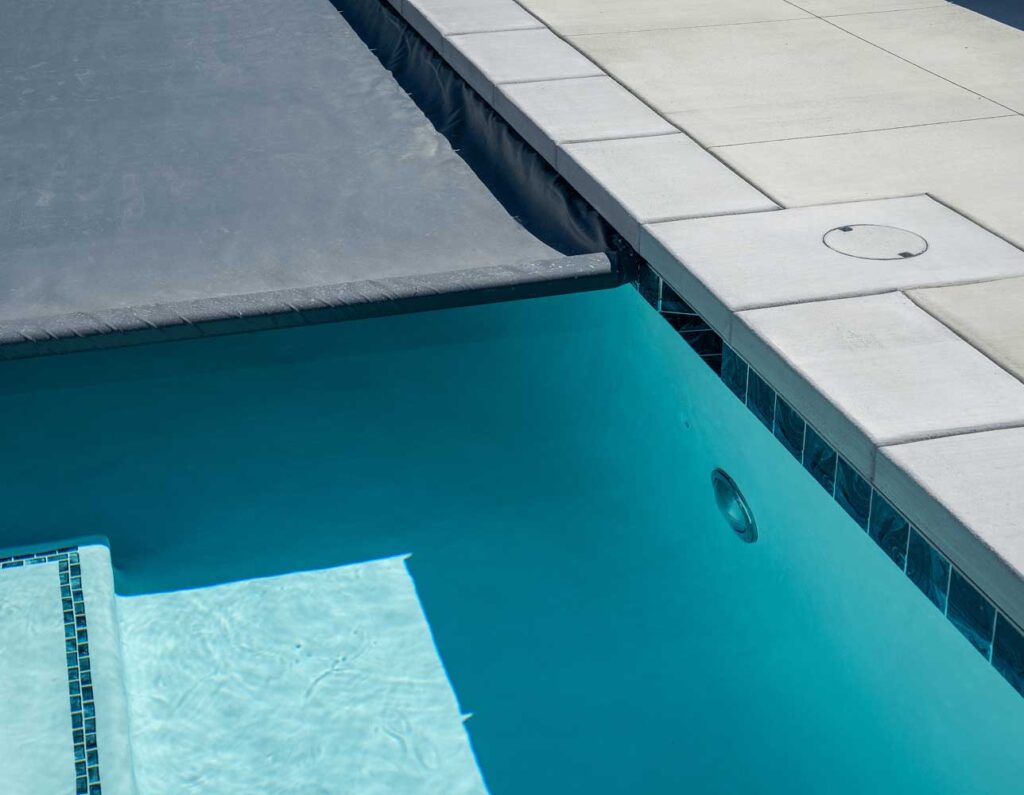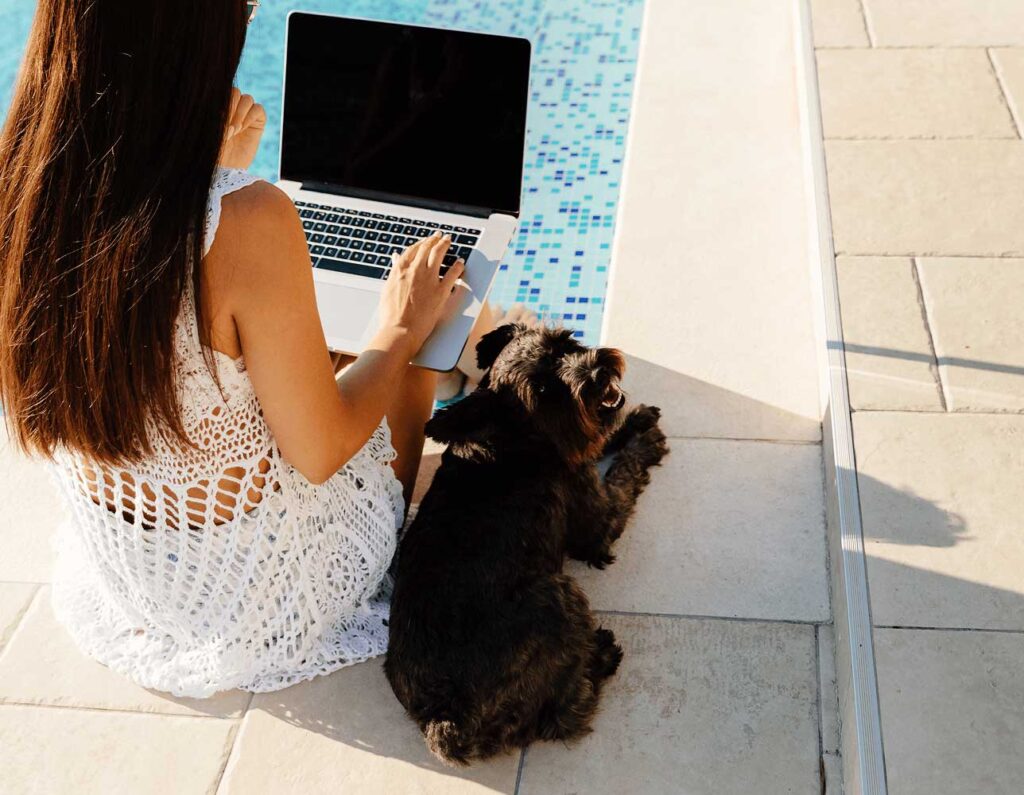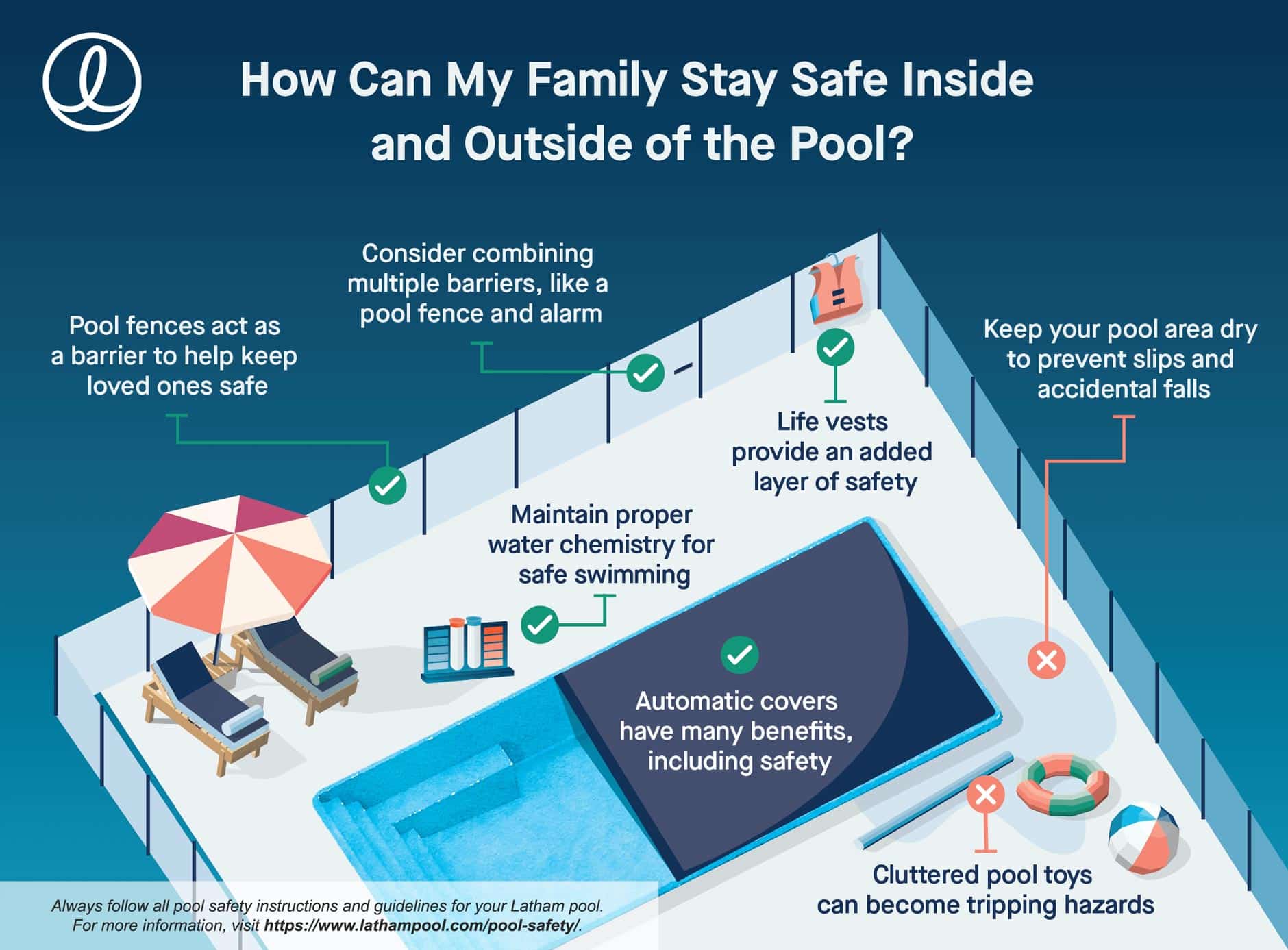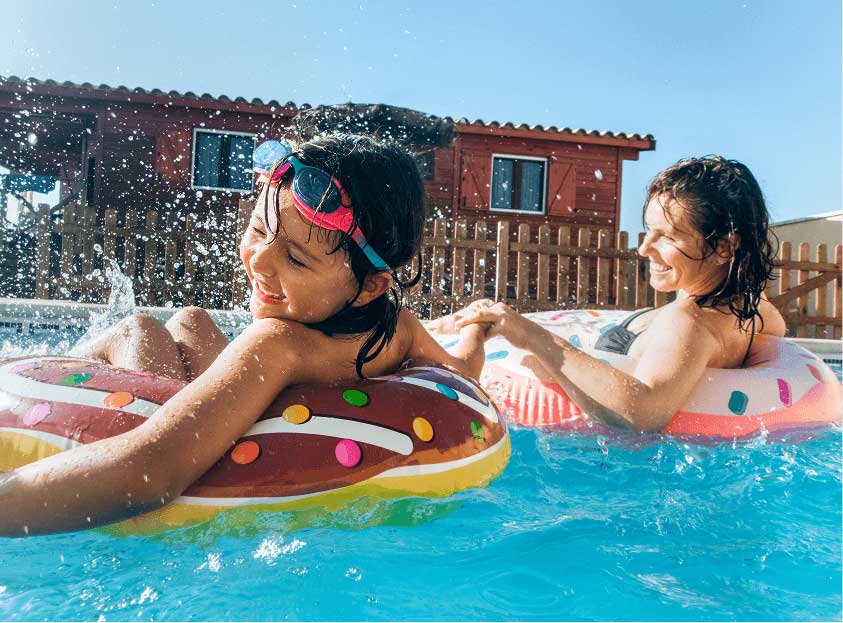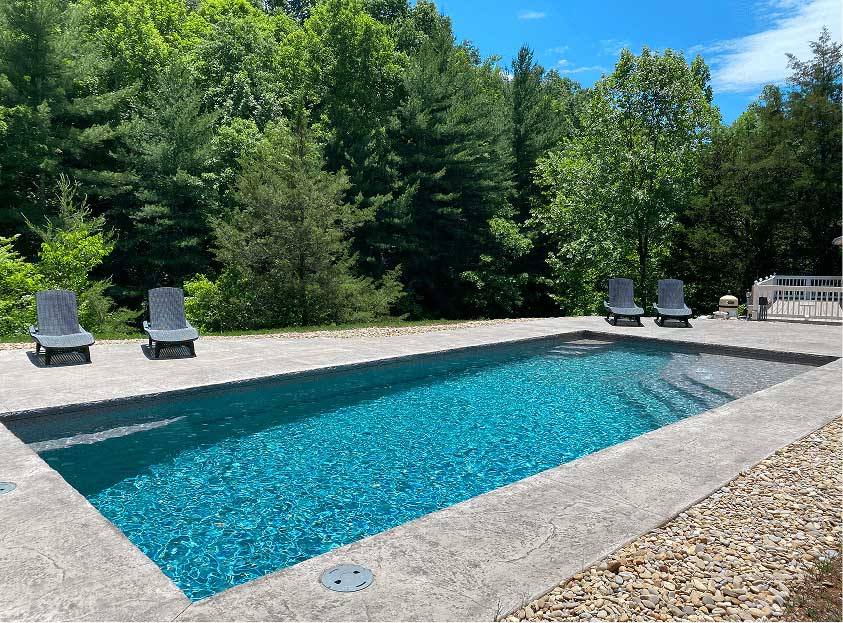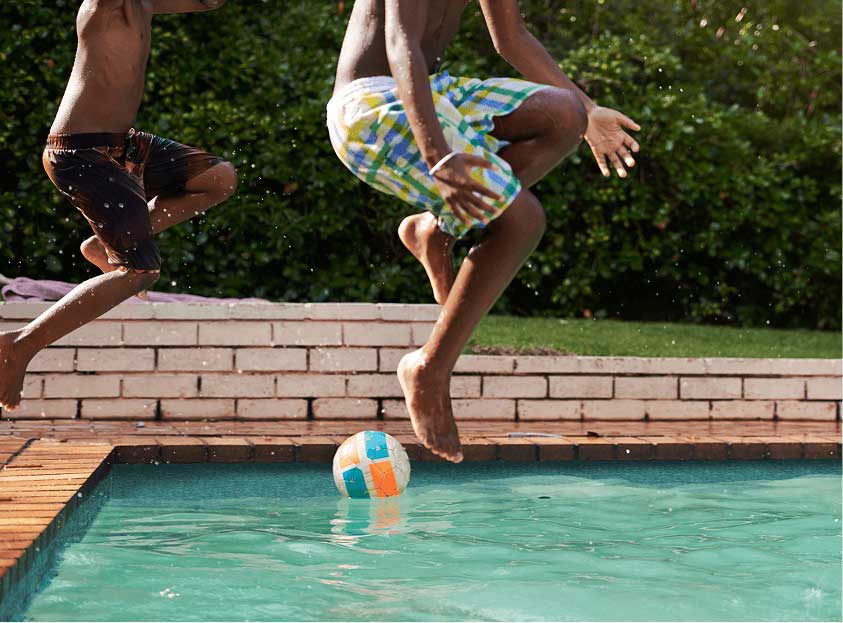Keeping Friends & Family Safe
First and foremost, make sure that anyone who uses your pool knows how to swim. Children should not be permitted to use the pool without supervision and parents should understand proper pool safety for kids. Kids aren’t the only ones who are vulnerable around a swimming pool; you also want to follow best practices for pool safety for pets and make sure no one uses the pool alone if they’re not confident in their swimming ability.
For more information on how to keep your friends and family safe in the pool, visit the National Drowning Prevention Alliance.
First and foremost, make sure that anyone who uses your pool knows how to swim. Children should not be permitted to use the pool without supervision and parents should understand proper pool safety for kids. Kids aren’t the only ones who are vulnerable around a swimming pool; you also want to follow best practices for pool safety for pets and make sure no one uses the pool alone if they’re not confident in their swimming ability.
For more information on how to keep your friends and family safe in the pool, visit the National Drowning Prevention Alliance.


